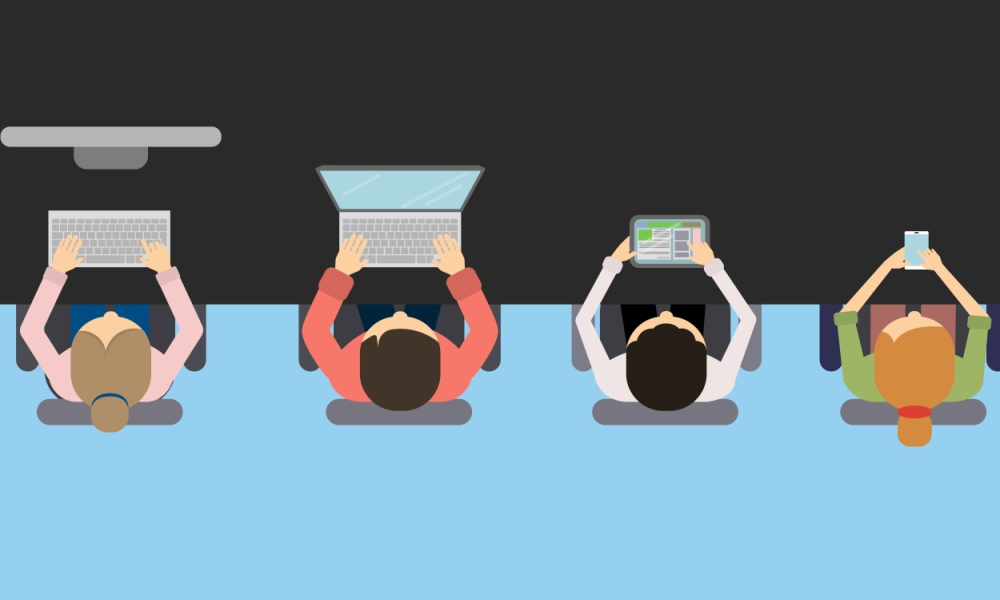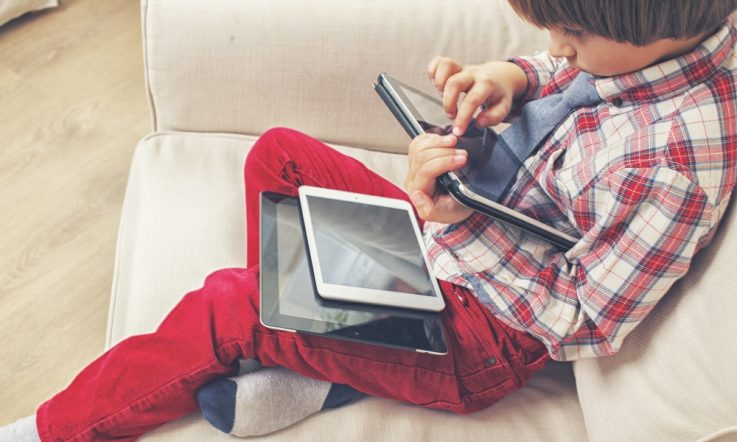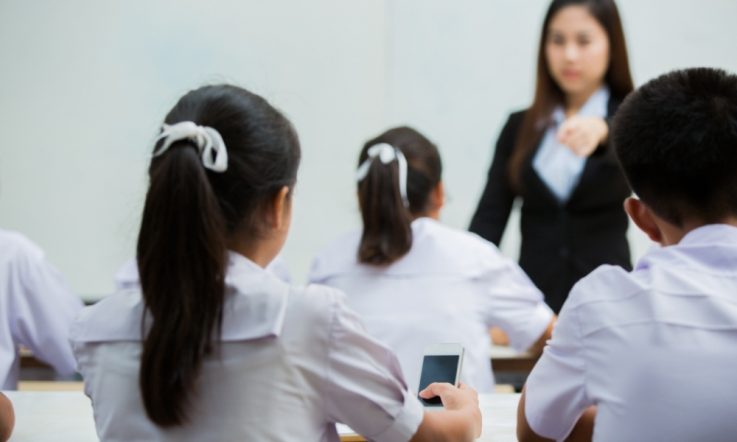This year, France will be enforcing a total ban on mobile phone usage in primary and middle schools across the country. For students up to the age of 15, this means they will be allowed to take their phones to and from school, but will not be permitted to use their devices during the classes, or even at lunch breaks.
The country's education minister has said the use of mobiles in schools should be controlled and that screen time for young children should be limited.
Schools in Australia are currently left to set their own guidelines for mobile phone usage under each state and territory government, other than their mandated responsibility to ensure the responsible use of mobile phones by students on school grounds (i.e. ensure they are not being used to cyber bully and/or take photos of other students). Some schools already have a similar policy to France in place, but others are encouraging students to use their devices during lessons as a learning tool.
A total phone ban
Willoughby Girls High School (WGHS) in New South Wales operate under a total phone ban during school hours, unless a student is given specific permission by a teacher to use their smartphone as a learning aid in the classroom. The school's policy, as outlined on its website, states that ‘before school, recess, lunch and after school are times students should rest their brains and engage socially with their friends. Texting or communicating via social media disconnects people from each other.'
‘This has always been our policy but we tightened it up late 2016,' principal Elizabeth Diprose tells Teacher. The school allows students to bring their smartphones to and from school, but they are expected to not use them throughout the day. Diprose says that the long-standing policy is ingrained in the school culture, but if research and the school's own observations suggest the policy impacts negatively on social and emotional wellbeing, they will revisit the policy.
Diprose says there were four fundamental reasons behind the school's choice to limit the use of mobile phones during school hours, even at break times: social interaction among students, cyber safety, the need for down time and encouraging general courtesy and student engagement with the world around them.
The process of implementing such a policy was well-researched. ‘The school leadership team explored the positives and negatives of not allowing the use of mobile phones at school – we looked at recent research and anecdotal evidence, including teachers' experiences. We developed the policy document then notified students and parents – the plan was discussed at a parents meeting and supported overwhelmingly. We ensured the reasons for the policy were clear and we expect staff to follow the same policy – [not using] mobile phones within sight or hearing of students.'
As for how the students follow these rules, Diprose says: ‘Our students are generally compliant and our parents are supportive of the school. Students are occasionally seen with their mobile phones but will put them away when asked. While they do not particularly like the policy, they generally appreciate the reasons it is in place.'
Staff at the Sydney school informed the decision on mobile phone usage through consulting research on the impact smartphones are having on today's students, both academically and personally.
Encouraging mobile phone use in lessons
Unlike WGHS, John Monash Science School in Melbourne encourages students to bring their smartphones to lessons as a learning device. Head of Science Mark McTier explains how this works for the school.
‘Students are required to have a computer and an additional device, [for example], a tablet or phone. When used in class, they must only be used for learning … students use their phones to take simple notes, set reminders, for video analysis, take photos of notes or instructions on whiteboards. They can also take a quick glance of timetable changes or school-specific notices or room changes without the need to open their computers.'
McTier says that the policy, which replaced the existing iPad and computer policy, is beneficial for students and teachers. ‘[Students use a] sophisticated data-logging software where [they] connect their devices to sensors to capture, measure, analyse and present their data for scientific experiments … in physics topics, students use video analysis software to record projectiles (e.g. balls or weights) for studies in motion. Students also use a large range of sensors in various experiments to accurately record pH, temperature and dissolved oxygen.'
He stresses that it is the student's responsibility to ensure their smartphone is correctly updated, charged and managed. ‘The acceptable use policies of both John Monash Science School and the Department of Education are strict about the expectations of students in view of the privileges they have. There is regular monitoring of the use of the devices.'
The ban on mobile phones in France will be implemented across the country in September.
Stay tuned: We'll be returning to this topic, exploring recent research.
With a colleague, make a list of the positive and negatives of mobile phone usage in the classroom in relation to your own context. Does your current school policy address these positives and negatives?
As a school leader, how often do you review the school’s policy on mobile phones? Does it cover staff as well as students? How do you communicate policy decisions and changes to the wider school community, including parents?



